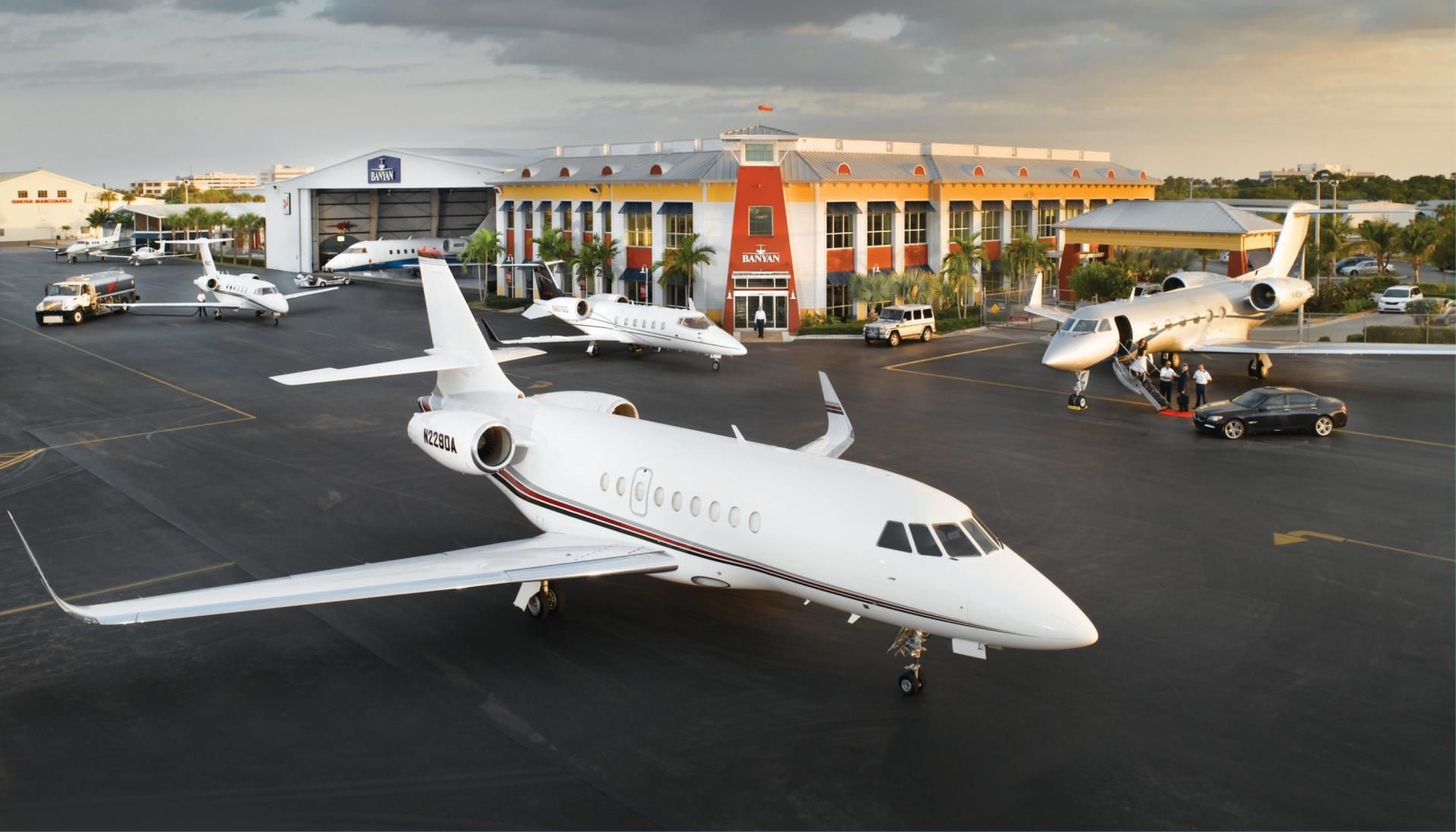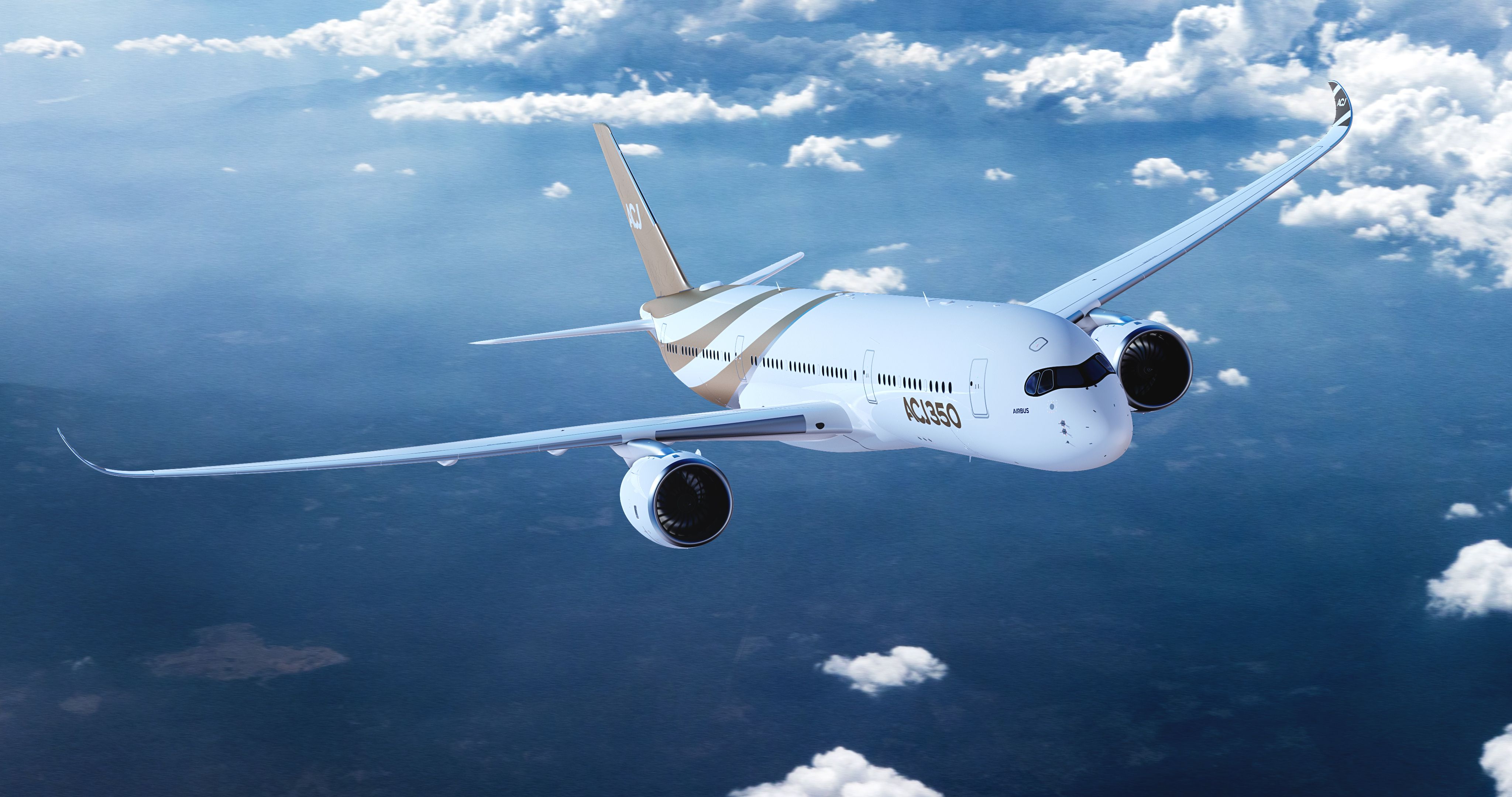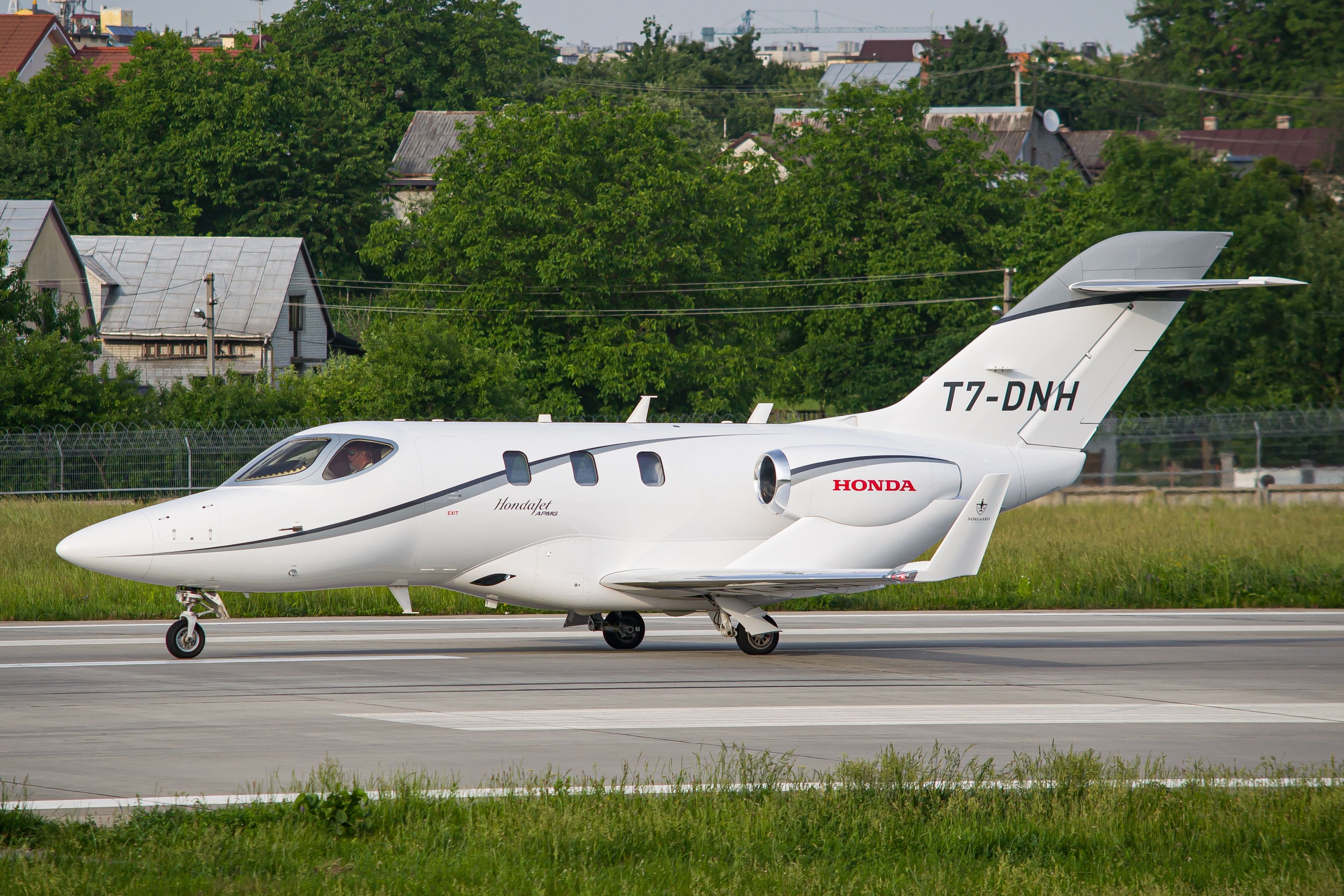By most metrics, the private and business aviation industry has and still is experiencing continued growth and doesn’t show signs of stopping soon. According to The Guardian, private jet sales (new and pre-owned) are expected to smash records, perhaps not particularly surprising amidst the backdrop of the worldwide fleet more than doubling since 2003. Altogether, business jet sales this year should reach 34.6 billion USD, an increase of $500 million compared to 2022. What exactly does this look like in North America?
An abundance of aircraft
Another well-known fact is that, by far, the majority of business aircraft reside in the United States of America. While getting the most accurate information for this industry is challenging, some accounts suggest there are well over 20,000 private jets registered somewhere in the world. And as shown by a 2H 2022 analysis by Airbus Corporate Jets, the European manufacturer’s business aircraft arm, there should be nearly 15,000 business jets in the US. This accounts for an incredible 62.5% of the world’s fleet.
Given the numbers above, the following data set may not be surprising, but it is interesting. As far as North America at large is concerned, Stratos Jets suggested there were close to 15,600 registered private jets somewhere on the continent in 2019. Yes, that was a while ago, so we’d have to add some to get a better picture of North America today. The actual number likely lies around 16,500 today, as some sources say the US accounts for a whopping 90% of the continent’s private aviation industry.
Breaking down data for the United States
Let’s go back to the ACJ analysis to dig deeper into their findings. Charter companies and executives in the US appear to be interested in the most capable business jets, with 37.5% of all registered aircraft belonging to the heavy long-range family, such as flagship offerings from Gulfstream and Bombardier. Industry giants also include aircraft from ACJ itself, like the Airbus ACJ350 and ACJ330, which are, as the name suggests, privately-configured versions of the manufacturer’s popular commercial airliners.
Next comes light jets, which constitute 36.5% of private aircraft in the nation. This is followed by 20.5% being mid-size offerings and the last 5.5% being very light jets, such as the Cirrus Vision SF50 or Embraer Phenom 100. Regarding aircraft disbursement throughout the states, most exist in the more southern reaches of the country, with 1,651 in Texas, 1,619 in Florida, 1,431 in California (it is fair to assume a good chunk of these are in the southern city of Los Angeles), and 439 in Georgia. The only outlier in the top five is New York, which comes in at #4, being home to 487 business jets.
Get all the latest aviation news right here on Simple Flying
How about the rest of the world?
In case you were curious about the other continents, we do have some data. As numbers are a couple of years old, it’s hard to say how many are registered in the different regions of the world. Still, percentages should hold good value over time as the industry is growing rapidly worldwide. Following North America’s lead is Europe, sheltering about 13% of global private aircraft. Asia is next with 7% of the worldwide fleet, while business jets in South America make up about 6%.
Africa’s few hundred private jets put them in 5th place, approximating 2% of the industry. Finally, Oceania has the lowest number of registered business jets, making up 1 to 2% of the global fleet. Again, these percentages should be taken with a grain of salt; while likely generally accurate, they might have changed in the last couple of years, especially through Covid, which played a significant part in the industry’s growth.
Sources: The Guardian, Business Airport International, Stratos Jets




